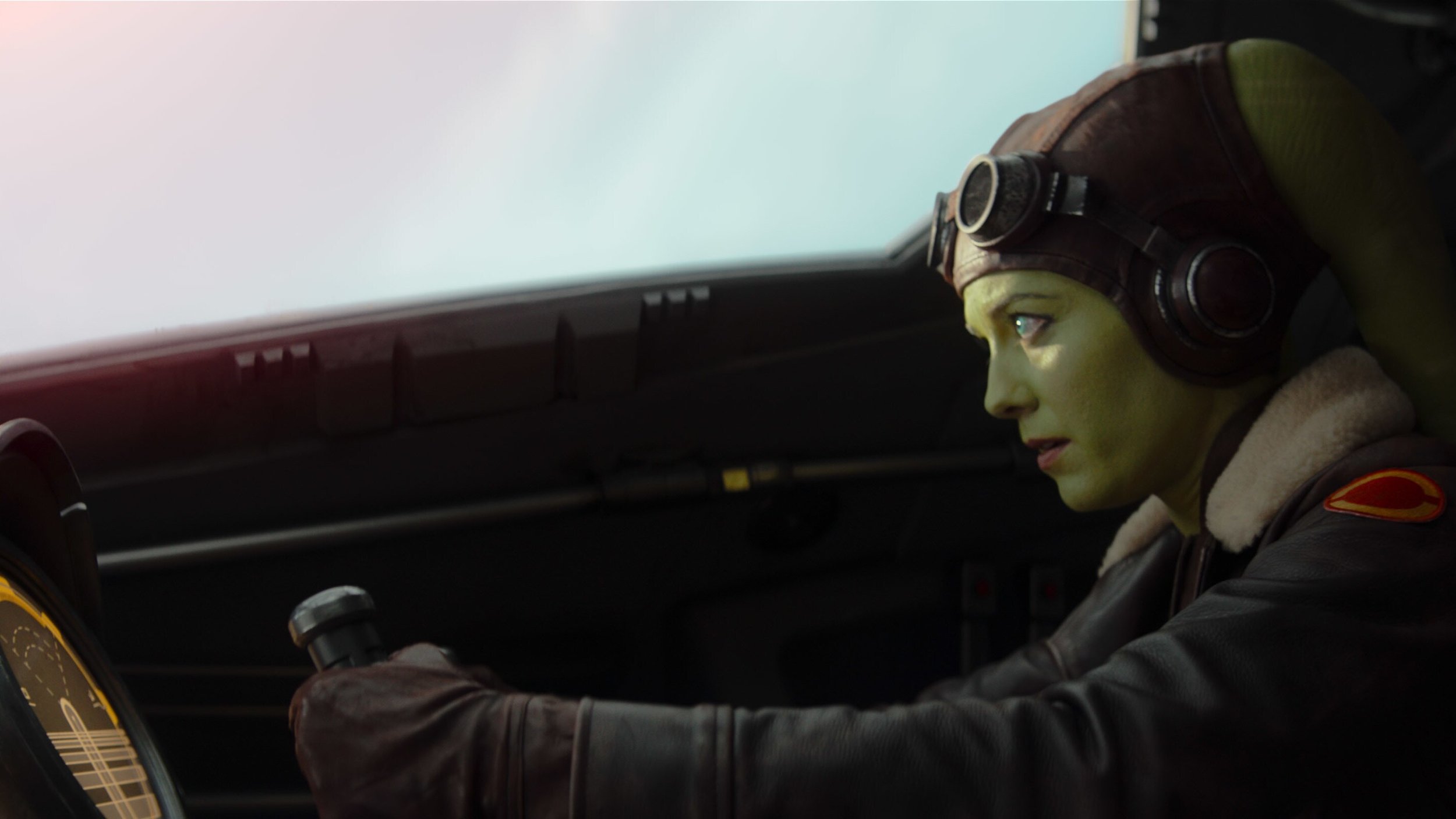Ahsoka & Archaeology - The Representation of the Past
Back when I finished my Master’s Thesis, the Ahsoka television show, among other things, had only recently been announced and I had focused my research on the Star Wars: Rebels series, among other Star Wars properties. Now that the Ahsoka series has premiered, I intend to update some of that research and talk about how Star Wars and Archaeology continue to interact. In this post, I’m going to talk about Representation, including Gender and Race, as this was the first main aspect of my thesis in the beginning.
Minor Spoiler Warning
In my initial research, I talked about the casting choices as well as the diversity of the characters within the Rebels show (as well as in the other two Star Wars IPs I covered) as representations of the past and of archaeologists in pop culture have tended, historically speaking, to be white and with heavy racial stereotyping. Hall (2004), Hiscock (2012), and McGeough (2007) all cover this subject to varying degrees particularly where it concerns film. In my own research, the same tended to be the case throughout video games and other visual mediums until recently when showing diverse casts and personalities became a bigger priority.
In Archaeology, modern theory tends to favor a big old term called intersectionality, which more plainly means that when archaeologists attempt to put together a picture of the past, they encompass not just the physical remains, but ideas from biology, sociology, gender studies, and any aspects of social life that can be seen or interpreted to see how they interact and influence each other as opposed to only looking at one of those ideas.
Looking at the diversity of a cast that has the connections it does to archaeology and the past is important simply because the past (& archaeologists) are also diverse. Seeing where they differ from the one personality archaeologists often had before, or how representations of the past are often extremely stereotyped, is important to see how ideas are progressing. I go into a lot more detail in much more academic terms in my thesis, but for now, I’ll wrap this up by saying that accurate representations are important because of the harm that stereotypes create.
“You surprise me. Is your history worth so little to you?”
Previously, while casts and protagonists themselves were growing more diverse, there still tended to be a heavy weight on white male leads. In my research, I specifically mentioned the newly announced Ahsoka show as perhaps the biggest chance for this to change within Star Wars, and I was not disappointed.
Not only is this the first live-action Star Wars property led by a minority female protagonist - but that protagonist is also a non-human on screen. This is one of the first times that’s happened ever within the franchise, and the rest of the cast is heavily female and has way more non-humans in leading roles than most Star Wars properties, despite the fact that the series is in a galaxy full of them.
Hera Syndulla is important all on her own and has been for a long time. I covered the history of Twi’leks in the series in a presentation for the European Archaeological Association Conference, ending with the fact that Hera has overcome a lot of racial and sexual stereotypes by being a pilot, general, and even strongly speaking out against the treatment of her kind previously in various episodes. This includes one of her comic book appearances, where she retaliated strongly against a certain archaeologist, Doctor Aphra, for tricking her and attempting to put slave-coded clothing on her.
Sabine and Ezra were both cast and played by the minorities they were thought to represent from the beginning and Thrawn, of course, is another non-human. I talked about the Nightsisters when I examined the character of Merrin in the Jedi: Fallen Order game, and I am pleased to see that they were not hyper-sexualized and while they were for the most part side characters, they were well done. Morgan reflects this best as she was a very strong warrior who, even in the last episode when she took part in the Nightsister ritual, was not stripped down or belittled at any point.
In general, this show is everything I hoped it would be when I originally speculated on it in my thesis where the diversity of the cast is concerned. Shin, particularly, could have been very different, but instead, I find her a very compelling antagonist, with strong emotional beats, and a well-done costume, and while Sith and Dark Force users have been presented as very overly sexualized (See Asajj Ventress), she is instead given complex motivations, both eager to please but with a certain vulnerability of not quite knowing where she fits in.
While this show does not have as strong of beats Archaeologically speaking as its forerunner, Star Wars: Rebels, there is still an emphasis on searching for and uncovering the past and I think this will carry forward even more in Season 2, potentially with Baylan’s search and Thrawn’s deeds on Dathomir. That makes this representation not only important for casual viewers who get to see more of themselves on screen but also for the Representation of the Past, which historically speaking is often done poorly and heavily stereotyped. This is a good new bar to reach for, and I am looking forward to what’s coming next.
The next post is going to be about the Currency of the Past, and I am looking forward to talking about looting and ancient artifacts. In the meantime, who is your favorite character from the Ahsoka series?






